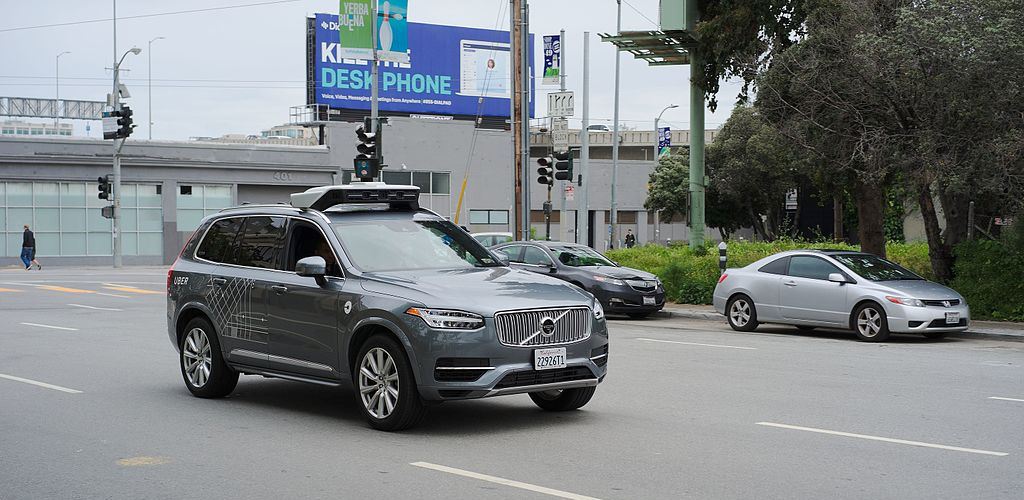
We sometimes wonder whether a single UBER accident in an autonomous car is worth all the attention it gets. After all, the numbers do appear to fade into insignificance compared to the carnage fossilized cars cause (well we are dinosaurs for using them). Then we realize autonomous electric cars could be in the majority in thirty years’ time, unless a politician somewhere ‘trumps them with coal’.
What Caused the UBER Accident On That Dark Sunday Night
An Uber car was driving itself, with a human monitor observing as they cruised through Tempa, Arizona on March 18, 2018. A woman crossed the road without using a pedestrian crossing. The car failed to respond, knocked her down, and most unfortunately, she died in an avoidable car accident.
Previous US Secretary of Transportation Anthony Foxx called the UBER accident "a wakeup call to the entire [autonomous vehicle] industry and government to put a high priority on safety." Uber suspended further tests while waiting to learn what went wrong. WIRED thinks this was either a mechanical fault, or the artificial intelligence was simply not up to it. UBER sums this up as follows:
“What is known is that two major systems that could have caused the car to fail are the ... sensors, which may have misread the scene, or the algorithms which processed the data. It is possible that the car spotted Herzberg but misread her speed or position, or was confused by the fact she was pushing a bike, rather than assuming that it did not notice her at all.”
Martyn Thomas CBE Fingers Poor Testing
Martyn is professor of information technology at Gresham College, fellow of the Royal Academy of Engineering, and obtained his commander of the British Empire for services to software engineering. He says autonomous car testing “lacks cohesive shape”. WIRED quotes him saying:
“In a scientific experiment you have a hypothesis, and you try to prove it. At the moment, all they are doing is conducting a set of random experiments with no structure around what exactly they need to achieve, and why these experiments would deliver exactly what they need to achieve.”
What We Are Really Hoping to Achieve
While auto manufacturers may, or may not be merely trying to avoid collisions, the over-arching goal is to cut back on emissions, and radically reduce accidents on our roads. Autonomous cars presently hold the best promise for that, with no other alternative on the horizon.
We believe we should not ‘throw baby out with the bathwater’ and abandon self-driving cars. However, we certainly do support the call for more systematic field-testing to avoid repetitions of the Uber accident. Bonzah provides the most affordable car-rental-damage insurance. Check us out and discover why you need us when renting a car.
Image: Uber Autonomous Volvo XC90 in San Francisco: Dilu BY CC 4.0